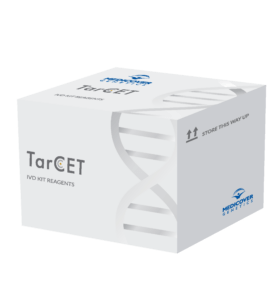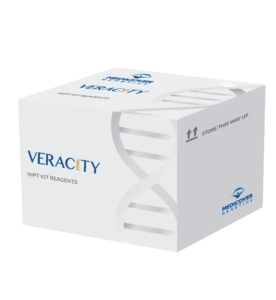Osteoporosis is usually a multifactorial disease with involvement of multiple genetic but also exogenous factors. Starting from the age of 30, bone strength decreases by 2-5% per decade, reaching only 50% at the age of 80 compared to younger individuals. Approximately 25% of women over the age of 70 are affected. Familial clustering has been widely described. Polymorphisms in over 220 genes are now known to be significantly associated with osteoporosis. However, these explain less than 20% of BMD variability. Since there are currently no algorithms for accumulative risk calculation, genetic diagnosis is not indicated for classic age-related osteoporosis.
In contrast, there are rare early manifesting forms of monogenic bone metabolic disorders with osteoporosis. Genetic testing of up to 13 genes is particularly useful in cases of Osteogenesis Imperfecta (OI). This is a collagen disorder with a prevalence of 1:10,000. OI is characterized by numerous fractures occurring without significant trauma, osteopenia, bone deformity, and delayed growth. Mild forms of OI are occasionally difficult to differentiate from early manifesting isolated osteoporosis. Bone densitometry (DXA) is an important diagnostic tool in such cases. Furthermore, if hypophosphatasia, a disorder affecting the mineralization of bones and teeth, is suspected, a genetic analysis should be conducted. The prevalence is about 1:100,000 and the clinical symptoms are very variable. A reduced alkaline phosphatase (ALP) activity is characteristic. In the adult form of hypophosphatasia, which can be inherited either autosomal dominantly or recessively, typical observations include stress fractures and dental abnormalities.
In addition, an early-onset X-linked form of osteoporosis, caused by pathogenic variants in the PLS3 gene, has been identified. In addition, rare variants in the LRP5 gene have been described as a genetic cause of osteoporosis with occasional ocular involvement. LRP5 is involved in the regulation of osteoblast proliferation, among other functions. Rare variants leading to loss of function of the LRP5 gene have been described, particularly in association with autosomal dominant or recessive inherited exudative vitreoretinopathy (FEVR) and autosomal recessive inherited osteoporosis pseudoglioma syndrome. Variants in the LRP5 gene have been detected less frequently in cases of primary osteoporosis. In over 75% of patients with early-onset osteoporosis, no pathogenic genetic variants can be identified.
References
Costantini et al. 2022, J Bone Miner Res 37:1623 / Mäkitie & Zillikens 2022, Calcif Tissue Int 110:546 / Yang et al. 2020, Nat Rev Endocrinol 16:91





















